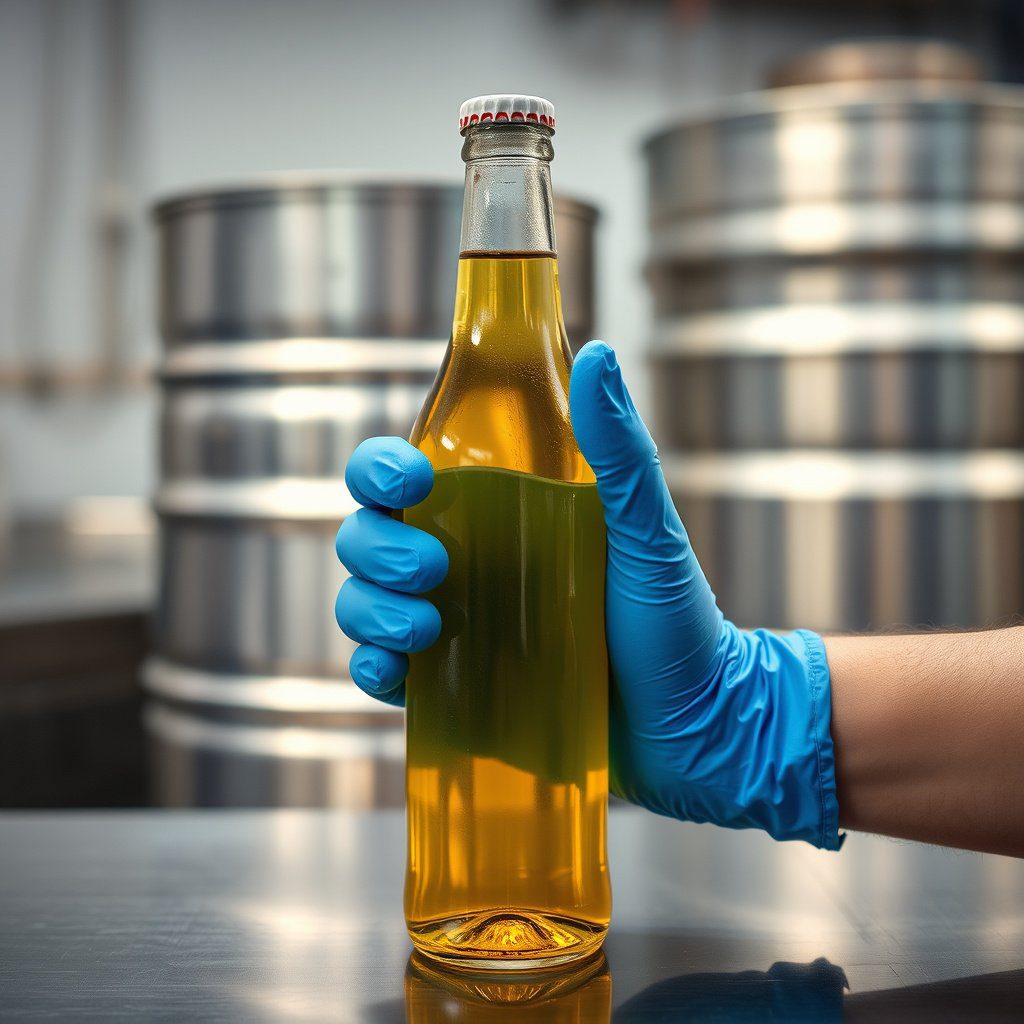Glycerin as a Humectant: Definition
Glycerin, also known as glycerol, is a colorless, odorless, and viscous liquid that is widely utilized in various industries, particularly in the cosmetic and pharmaceutical sectors. As a humectant, glycerin plays a crucial role in retaining moisture in products, making it an essential ingredient in formulations aimed at hydrating the skin and preserving the integrity of other components. Its ability to attract and bind water molecules enhances the overall efficacy of cosmetic and personal care products.
Properties of Glycerin
The chemical structure of glycerin, comprising three hydroxyl groups, contributes to its excellent hygroscopic properties. This means that glycerin can absorb moisture from the air, thereby functioning effectively as a humectant. When incorporated into formulations, glycerin not only helps to maintain moisture levels but also improves the texture and spreadability of products, resulting in a more pleasant user experience.
Applications in Personal Care Products
In personal care products, glycerin is commonly found in moisturizers, lotions, and serums. Its hydrating properties make it a preferred choice for formulators looking to enhance the moisturizing effects of their products. By drawing water into the skin, glycerin helps to alleviate dryness and improve skin elasticity, making it a valuable ingredient for those seeking to maintain healthy, supple skin.
Role in Food Industry
Beyond cosmetics, glycerin also plays a significant role in the food industry as a humectant. It is often used in food products to retain moisture, improve texture, and extend shelf life. Glycerin’s sweetness and ability to enhance mouthfeel make it an attractive option for food manufacturers aiming to create appealing and stable products.
Pharmaceutical Uses
In the pharmaceutical sector, glycerin serves as an effective humectant in formulations such as syrups and elixirs. Its ability to dissolve a wide range of active ingredients allows for improved bioavailability and patient compliance. Additionally, glycerin’s non-toxic nature and compatibility with various excipients make it a popular choice for formulators in the pharmaceutical industry.
Environmental Impact
Glycerin is often derived from plant sources, making it a more sustainable humectant option compared to synthetic alternatives. The use of glycerin supports the trend toward natural and environmentally-friendly products, aligning with consumer preferences for sustainable ingredients in both personal care and food products.
Compatibility with Other Ingredients
One of the key advantages of glycerin as a humectant is its compatibility with a wide range of ingredients. It can be easily combined with emulsifiers, oils, and active compounds without compromising the stability of formulations. This versatility allows formulators to create complex products that deliver enhanced performance while maintaining desirable sensory attributes.
Regulatory Considerations
When using glycerin in formulations, it is essential to consider regulatory guidelines. Glycerin is generally recognized as safe (GRAS) for use in food and cosmetics, but adherence to specific regulations set forth by governing bodies is crucial. This ensures that products containing glycerin meet safety and quality standards, providing confidence to both manufacturers and consumers.
Conclusion on Glycerin as a Humectant
With its multifaceted applications and benefits, glycerin stands out as a leading humectant in various industries. Its ability to attract moisture, improve product stability, and enhance sensory experiences makes it an invaluable ingredient. As the demand for high-quality, effective formulations continues to grow, glycerin will undoubtedly remain a preferred choice for formulators across the chemical and oil-based product sectors.


